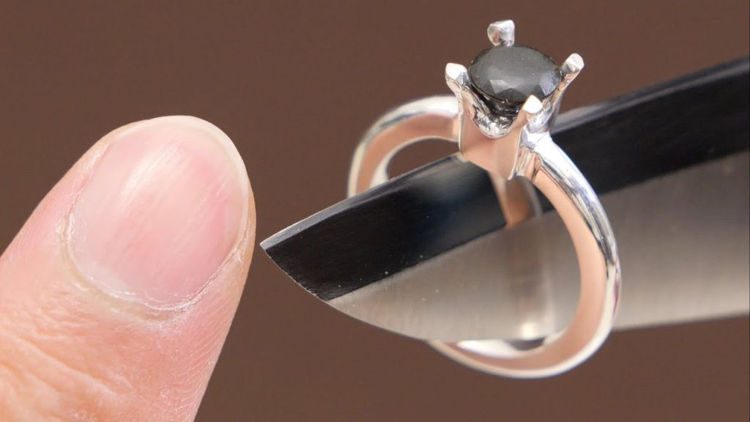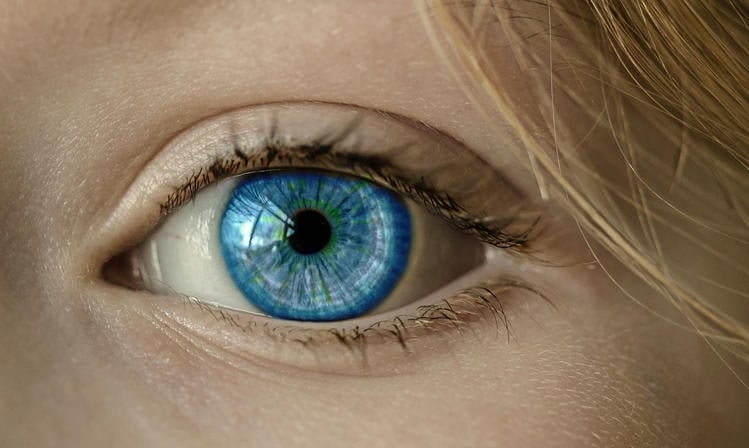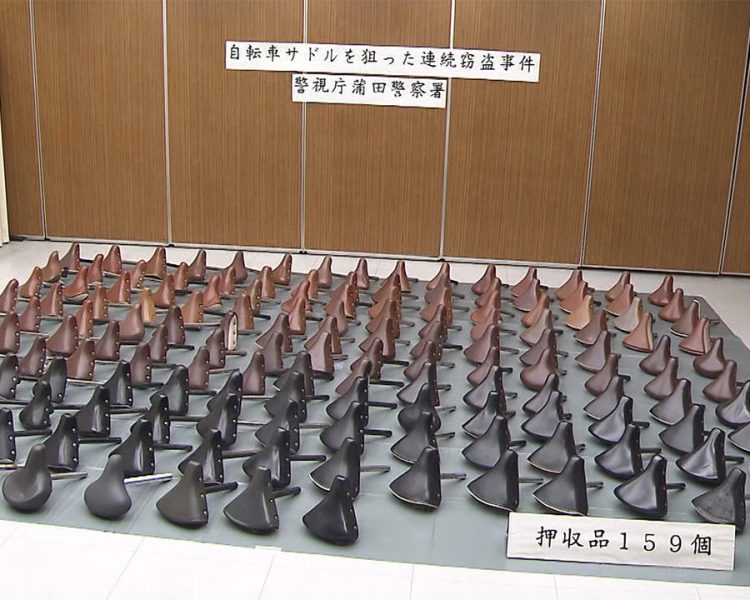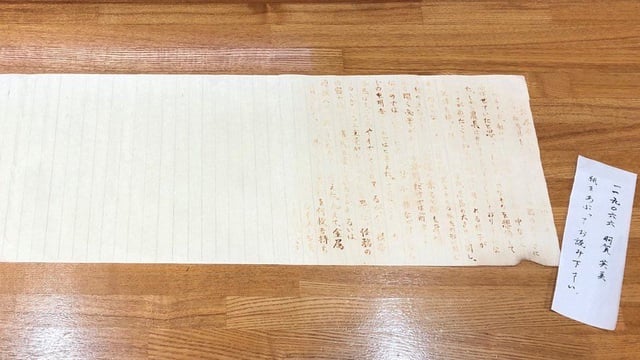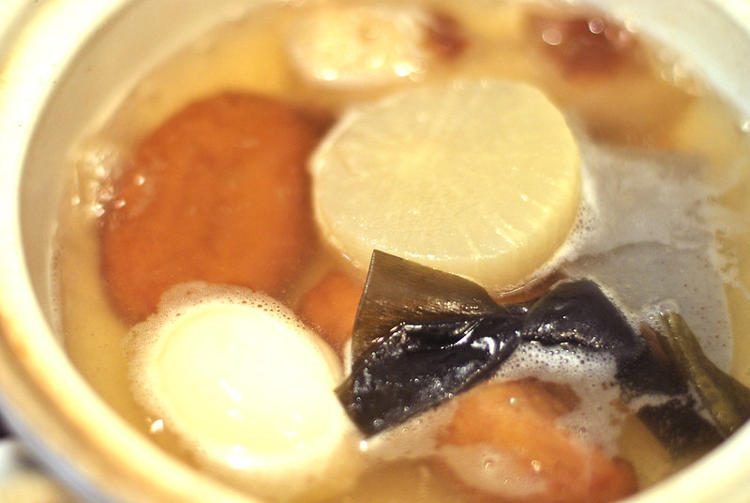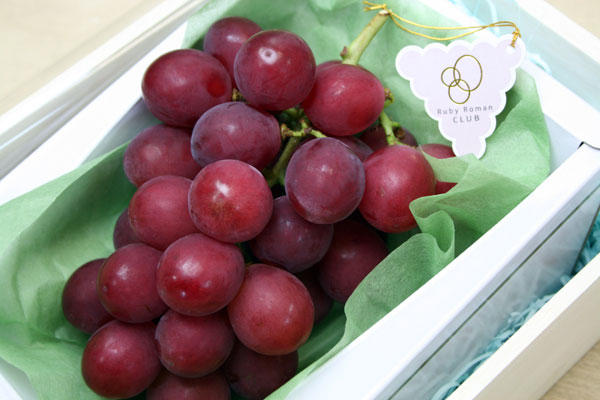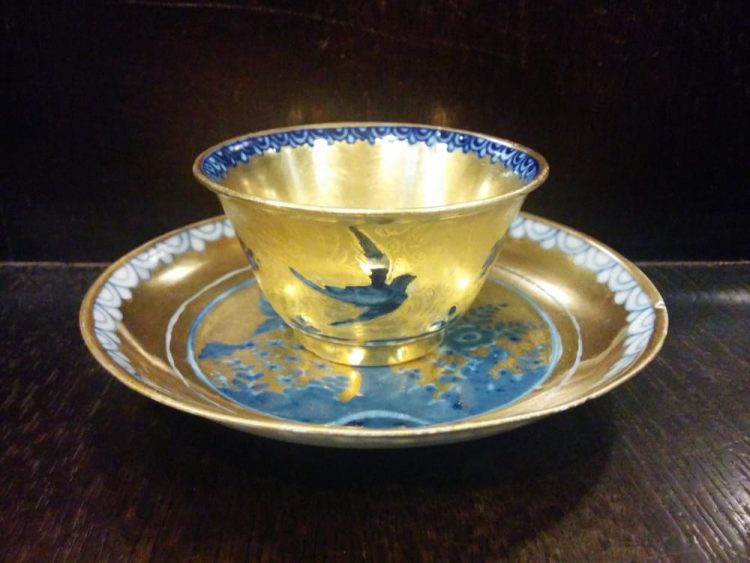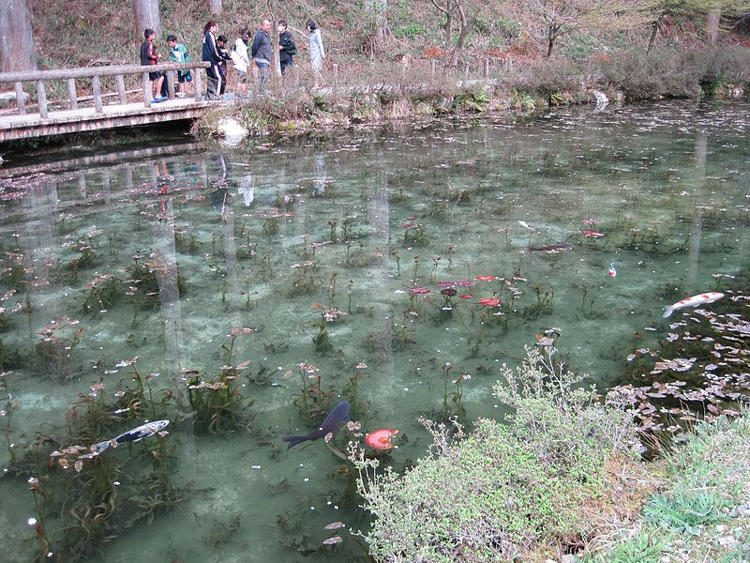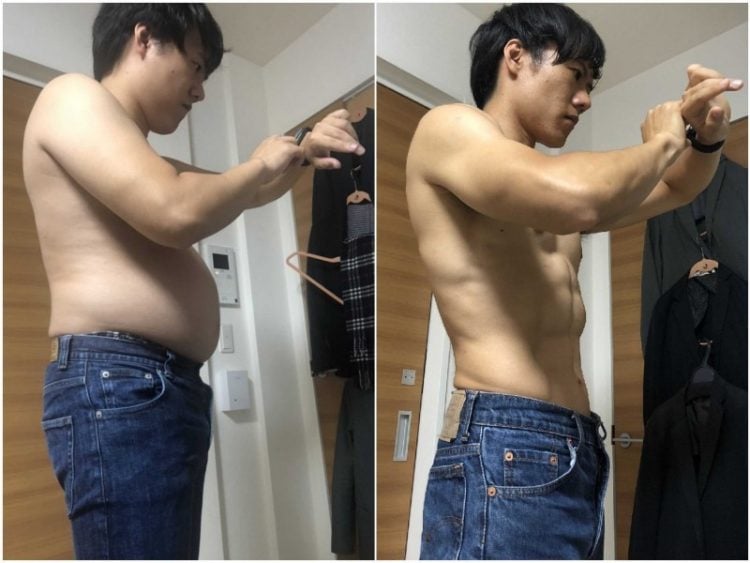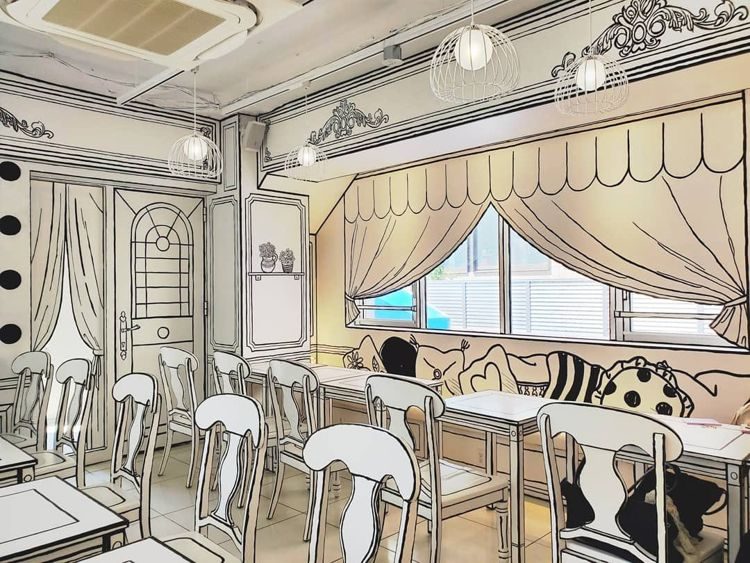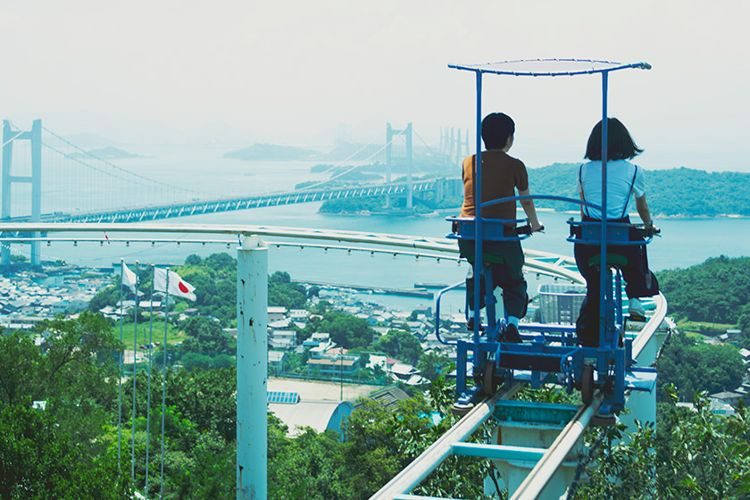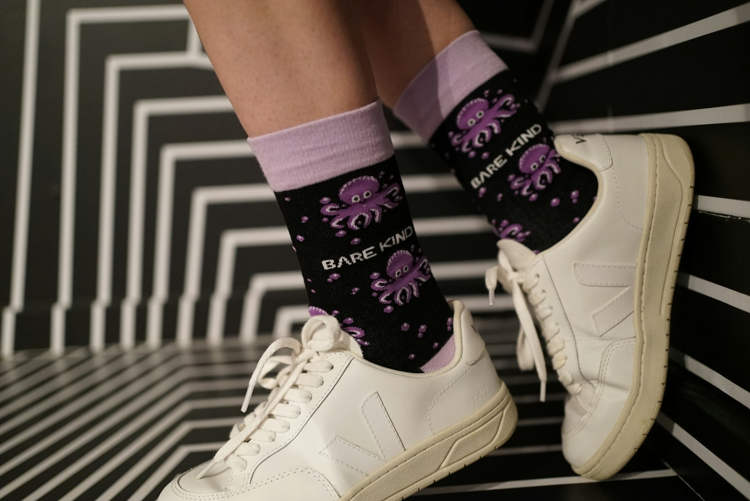Kumitaiso, a gymnastic formation in which students climb on top of one another to create a pyramid, has at the center of growing controversy in Japan, due to the high number of serious injuries reported by schools.
At its core, kumitaiso is a routine supposed to encourage teamwork and endurance among young students, and as such it has been a mainstay of annual school sport festivals across Japan. However, problems began to occur as the human pyramids organized by schools started getting higher and more difficult to support by the students at the bottom. Seeing dozens of students working together to create these complex structures is undoubtedly impressive to behold, which is why many schools kept pushing the limits over the years, with some devastating results. With hundreds of reported injuries reported every year, many in the Asian country are asking authorities to ban kumitaiso.



